Invasive Reeds
SimpliciX
10 years ago
Related Stories

GRASSES10 Ways to Use Ornamental Grasses in the Landscape
These low-maintenance plants can add beauty, texture and privacy to any size garden
Full Story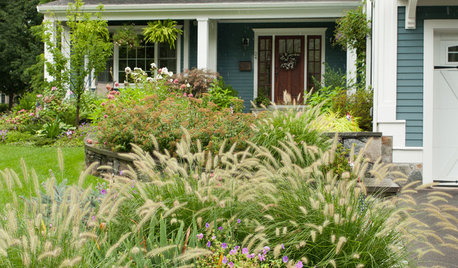
LANDSCAPE DESIGNGreat Design Plant: Lively Fountain Grass Thrives Just About Anywhere
Enjoy fountain grass for its exuberant form, long-lasting color and texture for borders and more
Full Story
GARDENING AND LANDSCAPINGGrow a Lush Privacy Screen
No need to wait forever for patio privacy the green way. These 10 ideas will get your screening up and running in no time
Full Story
LANDSCAPE DESIGNThe 7 Best Plant Types for Creating Privacy and How to Use Them
Follow these tips for using different kinds of plants as living privacy screens
Full Story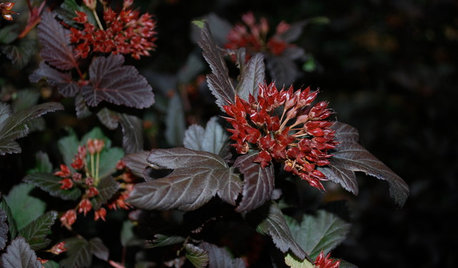
LANDSCAPE DESIGNGreat Design Plant: Sun-Loving Ninebark Puts on a Color Show
This tall, dark and handsome native shrub is equally at home in jeans and boots or in a suit and tie
Full Story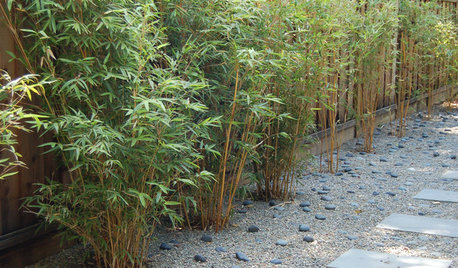
GARDENING GUIDESGreat Design Plant: Alphonse Karr Bamboo
Bamboo gets a bad rap in the garden, but this clumping variety creates an exotic landscape look with less aggressiveness
Full Story
GARDENING GUIDES5 Weed-Smothering Ground Covers
Let these landscape plants do the dirty work of choking out weeds while you sit back and enjoy the view
Full Story
LANDSCAPE DESIGNDitch the Ordinary Ditch: Create a Realistic Dry Creek Bed
Here’s how to turn your water runoff system into an eye-catching accent for your landscape
Full Story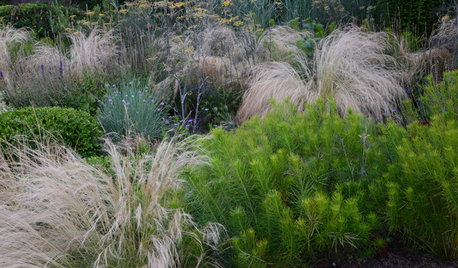
GARDENING GUIDES4 Ways to Break the Rules in Your Garden
For a more creative landscape design, take a different approach to planting
Full Story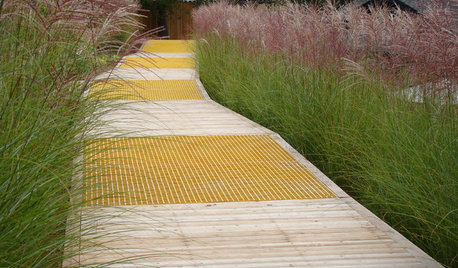
GARDENING AND LANDSCAPINGOld School Green Design: Add Texture With Grass
Ornamental grasses capture the breeze and ripple like water in the landscape
Full Story





mazer415
lukifell
Related Professionals
Baltimore Landscape Architects & Landscape Designers · Canton Landscape Contractors · Frisco Landscape Contractors · Clayton Landscape Contractors · Las Vegas Landscape Contractors · Lebanon Landscape Contractors · Lexington Landscape Contractors · Rockwall Landscape Contractors · Shoreview Landscape Contractors · Soddy Daisy Landscape Contractors · Irvington Landscape Contractors · Palmetto Outdoor Lighting & Audio Visual Systems · Berkeley General Contractors · Park Forest General Contractors · Selma General Contractorsdocmom_gw
leila hamaya